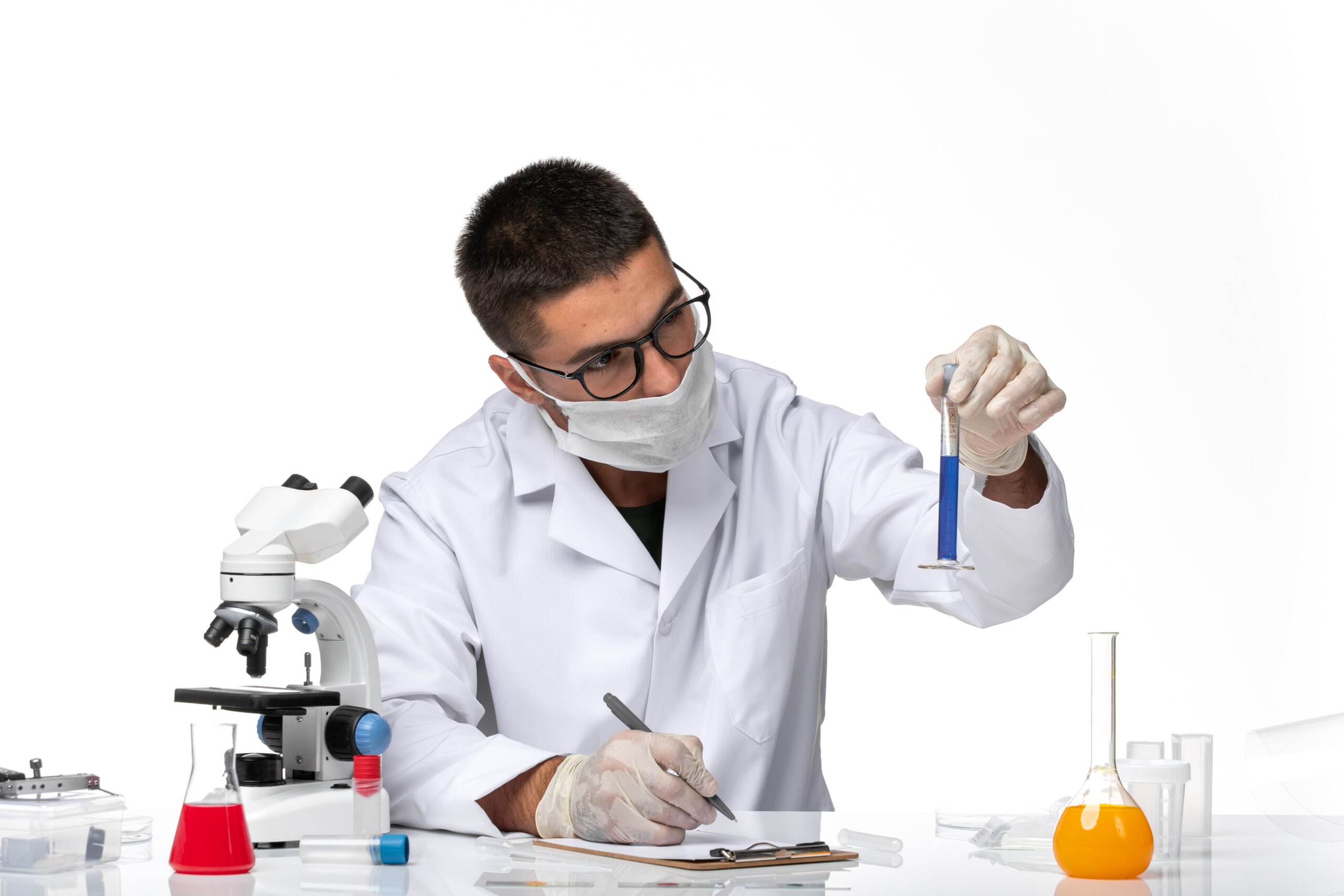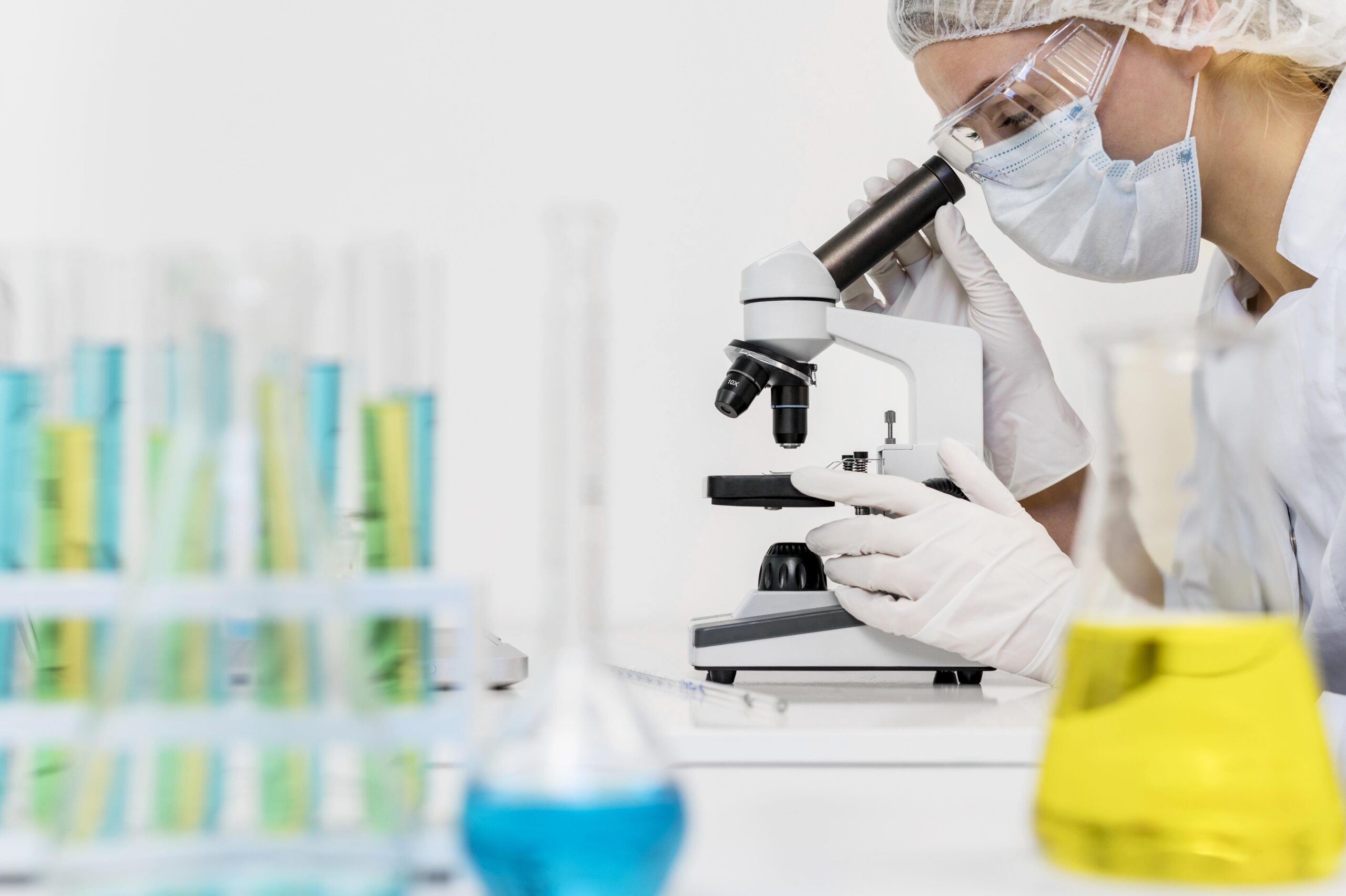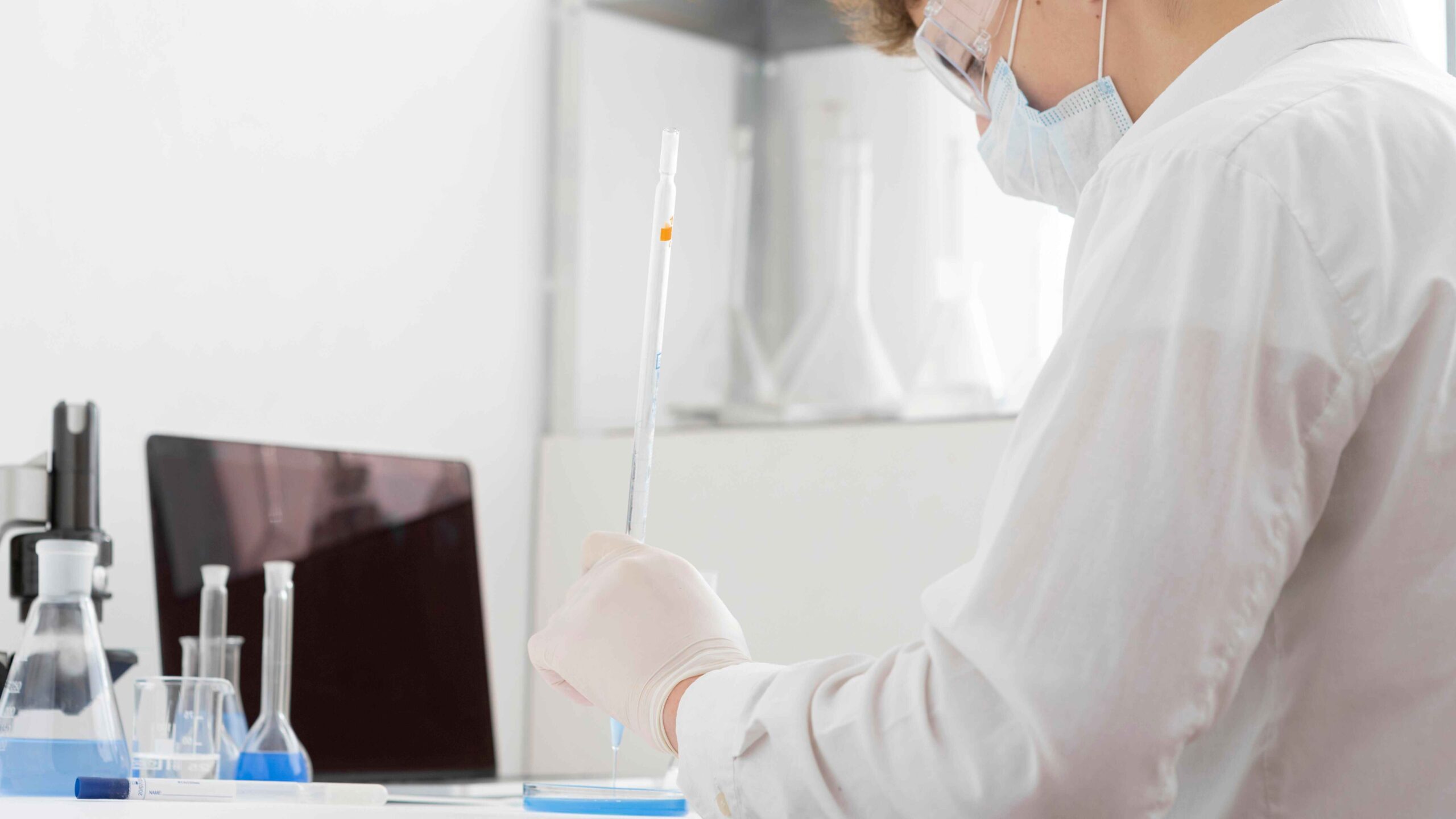In today's world, where consumers are more health-conscious than ever, ensuring the purity and safety of food is critical. The increasing prevalence of foodborne illnesses, adulteration, and contamination has raised awareness about the need for stringent food safety measures. As a result, food purity testing has become a fundamental aspect of the food industry. Consumers now expect transparency and trust regarding the food they consume. They want assurance that the products they purchase are free from harmful contaminants, toxins, and adulterants that can pose health risks.
Food testing labs are at the forefront of meeting these demands. These laboratories use advanced technologies and scientifically sound methods to detect and analyze potential contaminants in food products. By conducting thorough tests, these labs help ensure that food products meet the required safety standards, making them fit for consumption. Whether it's checking for pesticide residues, pathogens, heavy metals, or artificial additives, food purity testing plays a crucial role in maintaining the integrity of the food supply chain. To uphold public health and safety, food purity testing labs rely on a variety of sophisticated techniques and equipment. These methods are designed to detect even the smallest trace of impurities, ensuring that food products comply with global standards for safety and quality.
Chromatography Techniques
Chromatography is one of the most widely used techniques in food purity testing labs. It helps in separating, identifying, and quantifying the chemical components in food samples. Chromatography ensures precision in detecting even minute levels of impurities, making it indispensable for food purity testing labs.
Spectroscopy Methods
Spectroscopy is another cornerstone of food purity analysis. By measuring the interaction of light with food substances, spectroscopy can detect adulteration and ensure compliance with quality standards. These techniques are rapid, non-destructive, and provide accurate results, which are crucial for maintaining food purity.
Polymerase Chain Reaction (PCR)
Molecular biology methods like PCR have revolutionized food testing by enabling the detection of genetic material in food. PCR-based testing ensures that food labels accurately reflect the contents, safeguarding consumers with dietary restrictions or allergies.
Mass Spectrometry (MS)
Mass spectrometry, often combined with chromatography, is a powerful tool for analyzing the molecular composition of food. The high sensitivity and accuracy of mass spectrometry make it a gold standard in food purity testing labs.
Enzyme-Linked Immunosorbent Assay (ELISA)
ELISA is a biochemical method used for detecting and quantifying specific proteins, allergens, or pathogens in food samples. ELISA kits are cost-effective and widely used for routine food purity testing, especially in packaged and processed foods.

Microscopic Analysis
Microscopic analysis involves the examination of food samples under a microscope to identify physical adulterants or impurities. This method is particularly useful in the spice industry, where detecting adulterants like brick powder or artificial coloring is critical.
Nuclear Magnetic Resonance (NMR) Spectroscopy
NMR spectroscopy is a sophisticated technique used to analyze the molecular structure of food. Although expensive, NMR provides unparalleled accuracy and is increasingly being adopted in high-end food purity testing labs.
Thermal Analysis
Thermal analysis methods are used to study the physical and chemical changes in food samples as they are subjected to varying temperatures. Thermal analysis is essential for ensuring the quality and shelf-life of food products.
Microbiological Testing
Microbiological testing is a critical aspect of food testing, focusing on the detection and enumeration of harmful microorganisms. This ensures that food is free from harmful bacteria, viruses, and fungi, reducing the risk of foodborne illnesses.
Rheological Testing
Rheological testing evaluates the texture, viscosity, and flow properties of food. This method is important for both purity testing and ensuring consumer satisfaction with food quality.
Allergen Testing
Food allergies are a growing concern worldwide,testing labs have embraced allergen testing to address this. Allergen testing detects traces of common allergens such as nuts, dairy, gluten, and soy in food products, ensuring accurate labeling and protecting sensitive consumers. This method is vital for maintaining consumer trust and complying with regulatory requirements.
Heavy Metal Analysis
Heavy metals like lead, arsenic, and mercury can be harmful even in trace amounts. Advanced methods such as atomic absorption spectroscopy (AAS) and inductively coupled plasma mass spectrometry (ICP-MS) are used to detect and quantify these contaminants. Heavy metal analysis helps ensure the safety of food products and complies with international safety standards.
Pesticide Residue Testing
Pesticide contamination in food is a major health concern. Food testing labs utilize methods like gas chromatography-mass spectrometry (GC-MS) and liquid chromatography-mass spectrometry (LC-MS) to detect and measure pesticide residues. This ensures food safety and aligns with regulatory guidelines for acceptable pesticide levels.
Importance of Food Purity Testing
The significance of food purity testing extends beyond just ensuring that food is safe to consume. It also helps in:
- Regulatory Compliance: Meeting standards set by authorities like FSSAI, FDA, and ISO.
- Consumer Trust: Providing assurance to consumers about the safety and authenticity of food products.
- Brand Reputation: Helping manufacturers maintain quality and avoid recalls due to contamination or fraud.
- Global Trade: Ensuring that food products meet international standards, facilitating export opportunities.
Challenges in Food Purity Testing
Despite advancements in technology, food purity testing labs face several challenges, including:
- High costs of advanced testing equipment.
- The complexity of analyzing multi-component food matrices.
- Keeping up with evolving food fraud tactics.
- Limited accessibility of testing facilities in remote areas.
Future of Food Purity Testing
The future of food purity testing lies in integrating technologies like artificial intelligence (AI) and machine learning for predictive analysis. Emerging methods, such as biosensors and blockchain technology, are also set to revolutionize the industry by enhancing traceability and ensuring real-time monitoring of food purity.
Conclusion
Food purity testing is an essential part of ensuring public health and safety. By using state-of-the-art methods such as chromatography, spectroscopy, and microbiological testing, food purity testing labs play a vital role in detecting contaminants, ensuring authenticity, and complying with regulatory standards. As consumer awareness and regulatory scrutiny continue to rise, the importance of reliable and accurate food purity testing will only grow. Investing in advanced testing methods and adopting innovative technologies will pave the way for a safer, healthier future for all.















